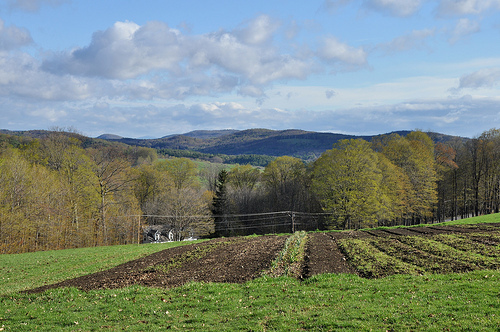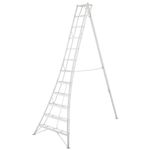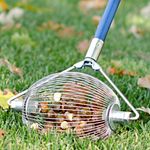
A Microclimate is an area within a region whose growing climate is different than the larger general zone due to a specific situation’s affect on it. For example, your zone may be known for its heavy frost, so it can be confusing when your plants rarely freeze to death. This can be due to the specific microclimate in which the plant is growing.
Because of microclimates, your zone might not act as your zone should act for many reasons. They can be created by a number of things such as physical structures such as walls, houses. and other buildings. Walls from upright structures such as buildlings made of brick, cement or stucco will hold and radiate heat. They can also provide shelter and block the wind. Extra windy areas, topography, or large bodies of water will change the growing climate, as well. For instance, if you have a large body of water nearby, such as a lake or the ocean, it’ll tend to moderate the air temperatures of the nearby inland areas.
It’s a beautiful thing when you realize that you don’t have to solely rely on Mother Nature for these variables in your growing zone. Indeed, they can be used and manipulated by the gardener – and should be in your gardening bag-of-tricks. You may not be able to control the weather, but you can manipulate your climate.
Common Microclimates
So where do you find different microclimates? Well, if you live on top of a hill or deep in a valley you’re going to see some interesting differences between what the USDA growing zone map says and that is actually happening in your location because topography plays a major role.
Valleys can have more frost problems than someone living on a hill because warm air is lighter than cold air. Which side of the hill you reside make a difference, too. Growing on the southern side of a slope warms up faster in the spring, but then again if plants begin to bloom really early, they could freeze if a sudden frost hits. Of course, if you’re on the northern side, your garden will take longer to warm up for the season.
Other situations that create microclimates are rainfall, soil types, mulching practices, paved surfaces, fences, walls, raised beds, cold frames, balconies, and rooftops. So if you think that the numbers on the USDA zone map have the last word on your garden – think again. Clever gardeners will manipulate their microclimates to work for them.
Fine Gardening Recommended Products

Attracting Beneficial Bugs to Your Garden, Revised and Updated Second Edition: A Natural Approach to Pest Control
Fine Gardening receives a commission for items purchased through links on this site, including Amazon Associates and other affiliate advertising programs.

Hasegawa Tripod Ladder
Fine Gardening receives a commission for items purchased through links on this site, including Amazon Associates and other affiliate advertising programs.

Medium Nut Wizard 14" for English Walnuts, Chestnuts, Golf Balls
Fine Gardening receives a commission for items purchased through links on this site, including Amazon Associates and other affiliate advertising programs.



















Comments
Log in or create an account to post a comment.
Sign up Log in